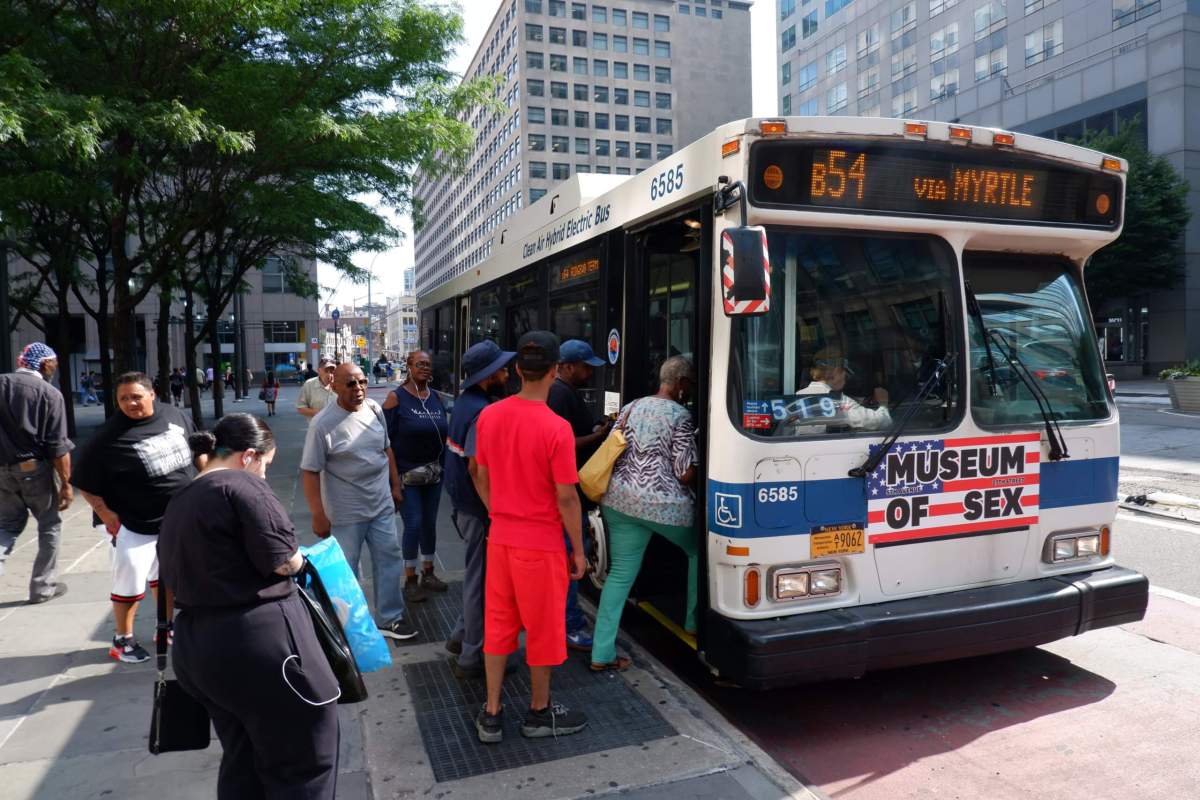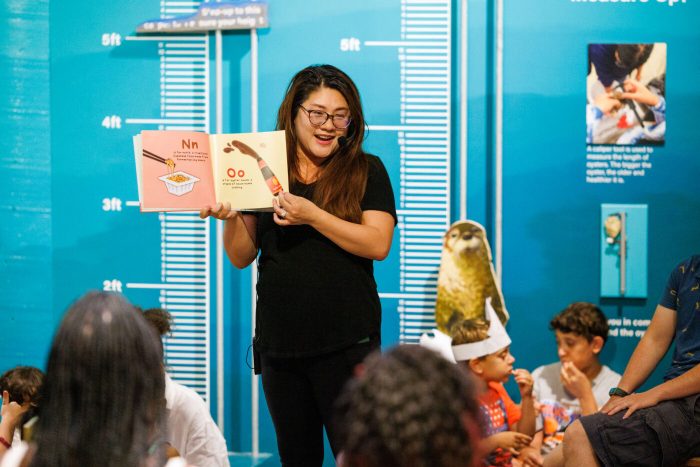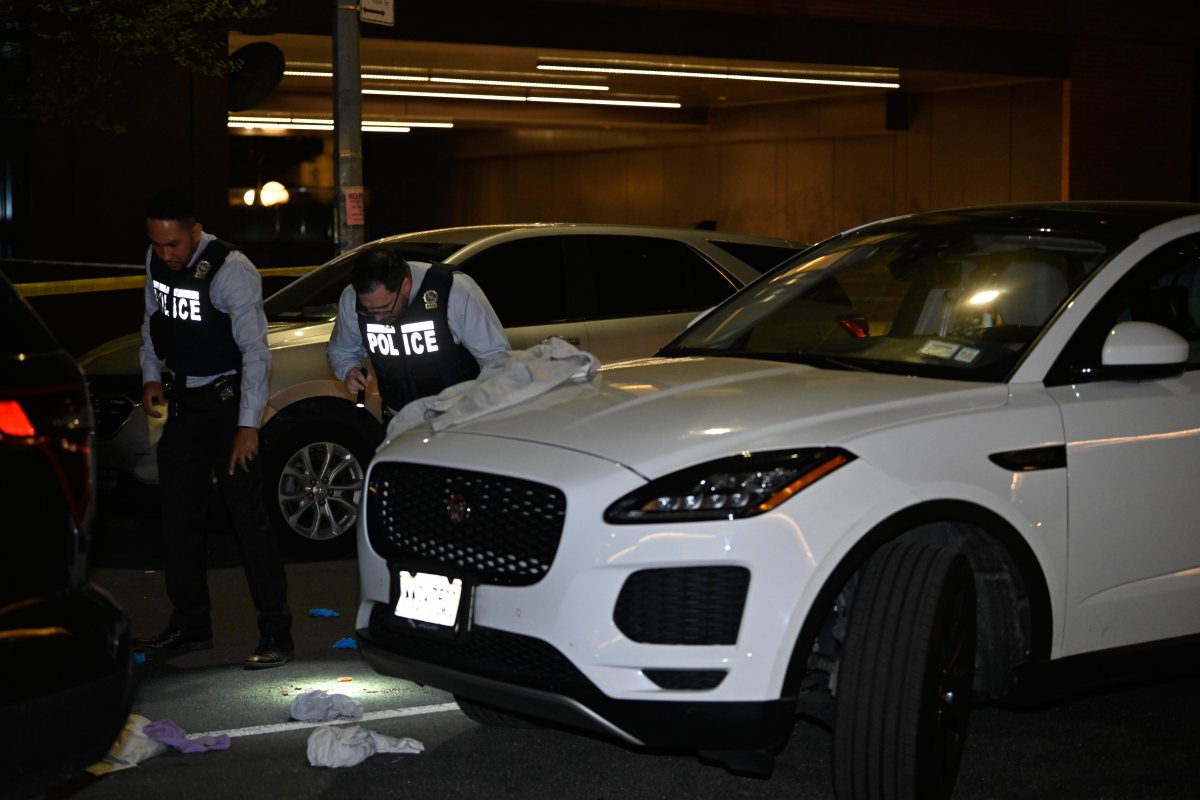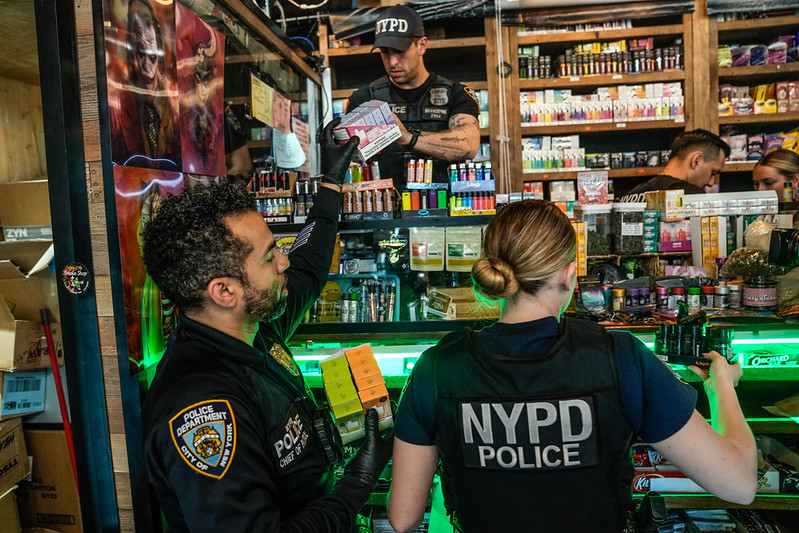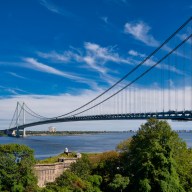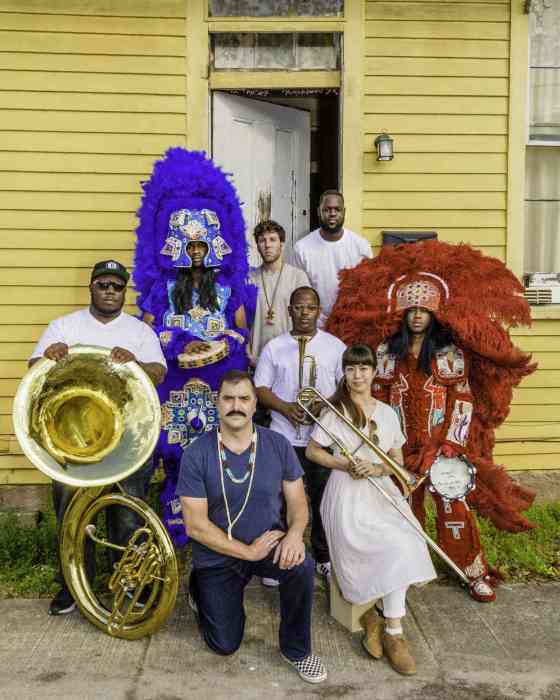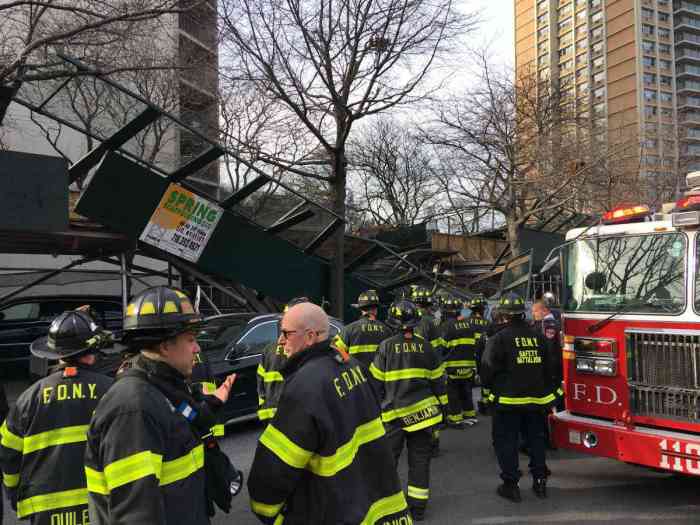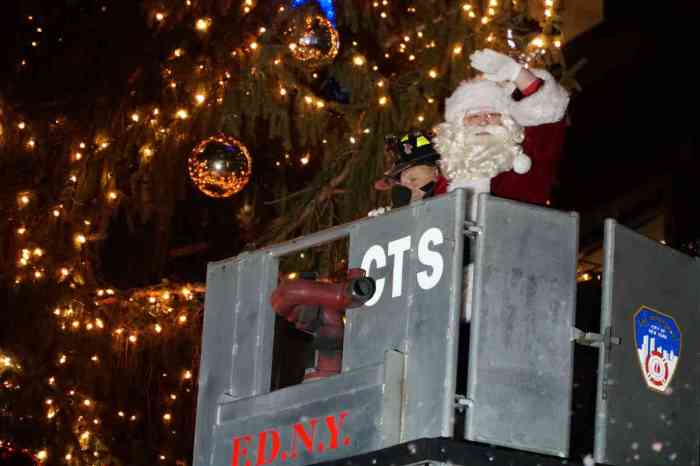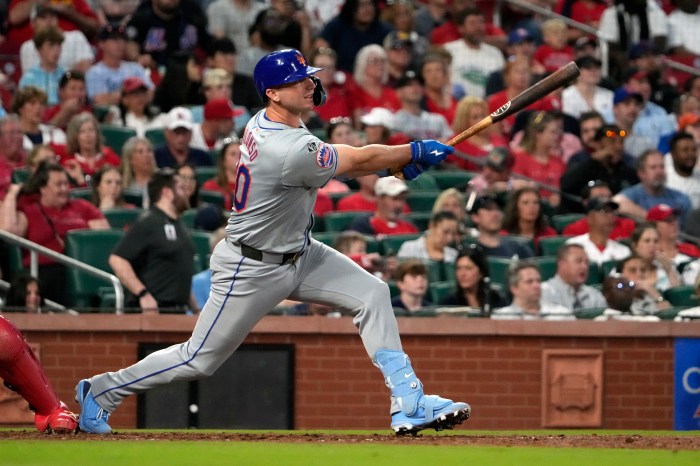Transit gurus at the Metropolitan Transportation Authority are considering removing buses from Downton Brooklyn routes as part of a revamp of the borough’s bus system, according to a new report.
The neighborhood suffers heavy congestion and the more than a dozen bus lines running through America’s Downtown may be doing more transit harm than good, according to a borough-wide bus report. The Authority will examine over the coming year whether to cut some of the lines from the neighborhood in favor of other parts of Kings County.
“This network redesign will examine the pros and cons of providing so much bus service to Downtown Brooklyn,” the reads the Brooklyn Bus Network Redesign’s Existing Conditions Report. “Alternatives will be explored that will balance providing access to the borough’s central business district with the need to increase reliability throughout the borough.”
Downtown Brooklyn is the largest business district outside of Manhattan and has 14 bus lines snaking through its busy streets. The area is served by almost all subway lines — except for the JMZ and L lines, and the Franklin Avenue shuttle — and the Long Island Rail Road.
And while many straphangers still need to ride there to work, school, or the courts, jobs have spread out to other parts of the borough during the last decade, with employment growing more than 60 percent in Bedford-Stuyvesant, Flatbush, Borough Park, and Bensonhurst from 2010-2017, according to the report.
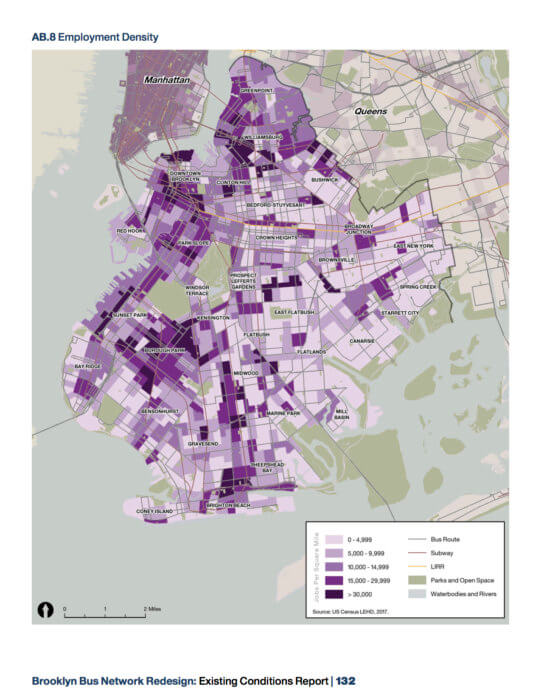
The agency further identified the junction of Flatbush and Nostrand avenues near Brooklyn College as well as the Kings Highway B and Q train stop in Midwood, where buses shuffle straphangers to parts of the borough’s eastern, and southern fringes with fewer or no subway lines as areas of focus.
The report examines the borough’s entire bus network as part the system’s first large-scale redesign in decades.
Many of the lines remain largely unchanged since they took over from old trolley lines in the 1920s, according to the agency.
Some 650,000 straphangers use the bus on an average weekday, navigating the borough’s 72 routes, which includes 59 local, seven limited, three select bus service, and nine express buses.
Only nine percent of Brooklynites use the bus as their primary means of transportation, compared to 53 percent of rail riders, and 72 percent of bus riders transfer either to another bus or the subway during their commute.
Bus ridership in Brooklyn has declined 14 percent lower ridership in 2019 than in 2016, a steeper decline than the city’s 12.4 percent.
The agency attributes this to the slow speeds and poor reliability, with average speeds just above 7 miles-per-hour — slower only than buses in Manhattan.
The slowest buses are the B35 at an average speed of 5.5 miles-per-hour, the B63 at 5.7 miles-per-hour and the B67 at 6.4 miles-per-hour.
Transit gurus also believe that economic prosperity and higher car ownership, along with the influx of rideshare apps like Uber and Lyft, more bikeshare programs, and more people working remotely have had a negative effect on bus ridership.
One way the MTA plans to increase speeds is through bus priority lanes which the city’s Department of Transportation installs, and the state agency has identified 50 corridors in the borough that could benefit from the red-painted lanes — many of which transit advocates have pushed for — including one running the length of the former elevated Myrtle Avenue line from Queens to Downtown Brooklyn, Fulton Street, Utica Avenue, and Flatbush Avenue.
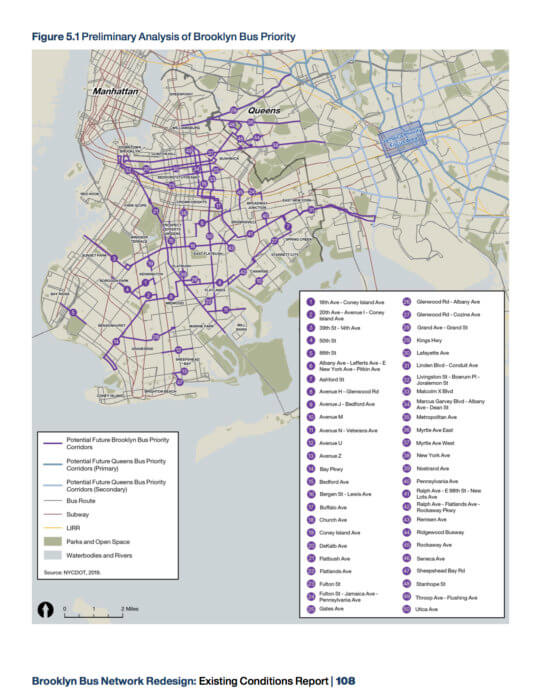
Officials gathered input from straphangers around the borough since October, most of whom said that they would like to see increased bus frequency, faster buses, better access to other parts of the borough and city, along with a simpler network that is easier to navigate.
The borough-wide revamp was heavily lobbied for by Andy Byford, the agency’s outgoing president for its five-borough entity New York City Transit, and transit advocates worried that his exit could compromise the plans.
The agency will work on a draft plan which they plan to release some time in the first half of 2020. They will still accept comments via this link.
The Queens draft plan of that borough’s revamp met with heavy criticism by riders who said the Authority proposed to cut several crucial lines that would make their rides more complicated, QNS reported.


